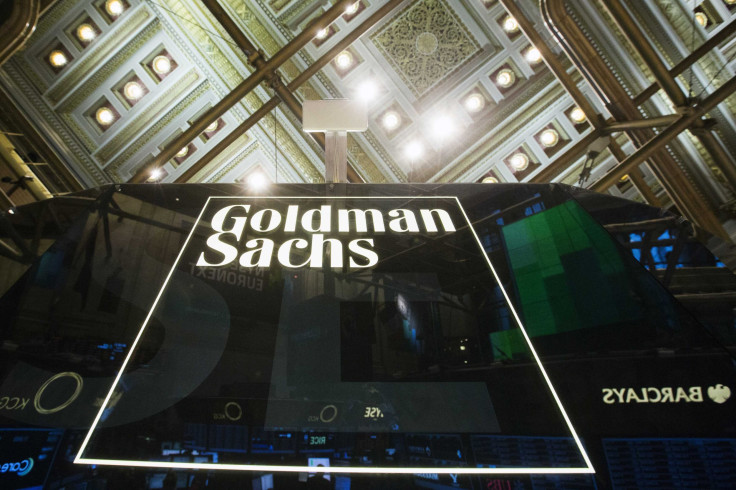Goldman Curbs Bankers' Compensation Even As Revenue Surges

(Reuters) - Top Goldman Sachs Group Inc executives are determined to keep compensation costs under control. And that means even when the bank's revenue spikes higher, bankers' bonuses won't.
On Thursday, Goldman reported a 25 percent increase in quarterly revenue, but the money it set aside for compensation and benefits rose only 18 percent from the same period a year earlier. The amount of money it has set aside for compensation is more or less unchanged, as is the average compensation per employee, at around $320,000 for the first nine months of the year.
Sources familiar with the matter inside Goldman Sachs described the restraint as a sign of the shifting mentality about bonuses at the bank: it wants to tightly control compensation, even if it has good quarters with big revenue gains. That translates to bigger profits for the bank, and more money for shareholders.
Compensation experts say similar changes are happening across Wall Street.
Morgan Stanley, which is Goldman's chief investment banking rival, has set a maximum target for compensation as a percentage of revenue in each of its business lines. Its progress in curbing compensation may be a key part of its third-quarter results, which are due out on Friday.
"There is a desire to share more with shareholders, and that means holding the line on compensation expense," said Rose Marie Orens, a pay consultant for financial firms at Compensation Advisory Partners. "Just because revenue is up 20 percent, that doesn't mean bonuses will necessarily be up 20 percent."
It wasn't always that way. In the third quarter of 2007, for example, when the financial crisis was in its preliminary stages, Goldman Sachs's revenue rose 63 percent from the same quarter a year earlier. But its compensation expense rose 67 percent.
The bank has taken myriad steps to cut compensation costs. It has let dozens of high-earning partners walk out the door to make room for more junior employees who earn less. It has also moved as many jobs as it can to cities like Bangalore in India, and Salt Lake City and Dallas in the U.S, where wages are lower than in places like New York or London.
CAPITAL RULES
Before the crisis, Goldman often boasted an annualized return-on-equity - a measure of how effectively the bank wrings profit from shareholder money - of 30 percent or higher. More recently those figures have been between 10 and 12 percent. Other banks, including Morgan Stanley, are still struggling to get returns above 10 percent, the minimum that analysts say is required to meet their cost of capital.
Those returns have been hurt by new capital rules that make it more expensive to keep risky assets on balance sheets. Weak trading volumes have also kept a lid on revenue growth. A study in July from consulting firm Federal Financial Analytics estimated that new rules cost the six biggest U.S. banks some $70.17 billion in 2013, about double banks' regulatory and capital costs in 2007, just before the financial crisis.
Some of Goldman's peers have tried to boost returns by getting rid of assets that can force the bank to hold more capital under new regulations, and exiting some types of trading, but Goldman has stuck with those businesses. Instead, it is trying to drive returns higher by cutting costs and hoping it can capture more trading revenue and increase its ability to charge more for its services.
As the bank boosts profits, it can afford to buy back more shares, which boosts its return on equity. It can also raise dividends, a step it has taken four times since 2012, an unusual move for a bank that had previously shown little interest in the size of its dividend payments.
Several stock analysts who cover Goldman Sachs commented on its compensation move on Thursday, saying it was a big reason the bank's earnings were better than expected.
JPMorgan analyst Kian Abouhossein said Goldman's adjusted compensation ratio was 7 percentage points lower than he had estimated it would be.
"Fourth-quarter results will tell, but we would be surprised if it (the ratio) were not down again for the fourth year in a row," said Chris Kotowski, an analyst with Oppenheimer & Co.
One employee on a Goldman trading desk who spoke with Reuters noted the gap between its revenue increase and compensation increase, taking it as a sign that, even if the fourth quarter produces great results, bonuses for this year's work might be disappointing.
"People now understand you're not going to double your compensation every year," said Brian Byck, a recruiter who works with traders and sales staff at Odyssey Search Partners.
© Copyright IBTimes 2024. All rights reserved.





















